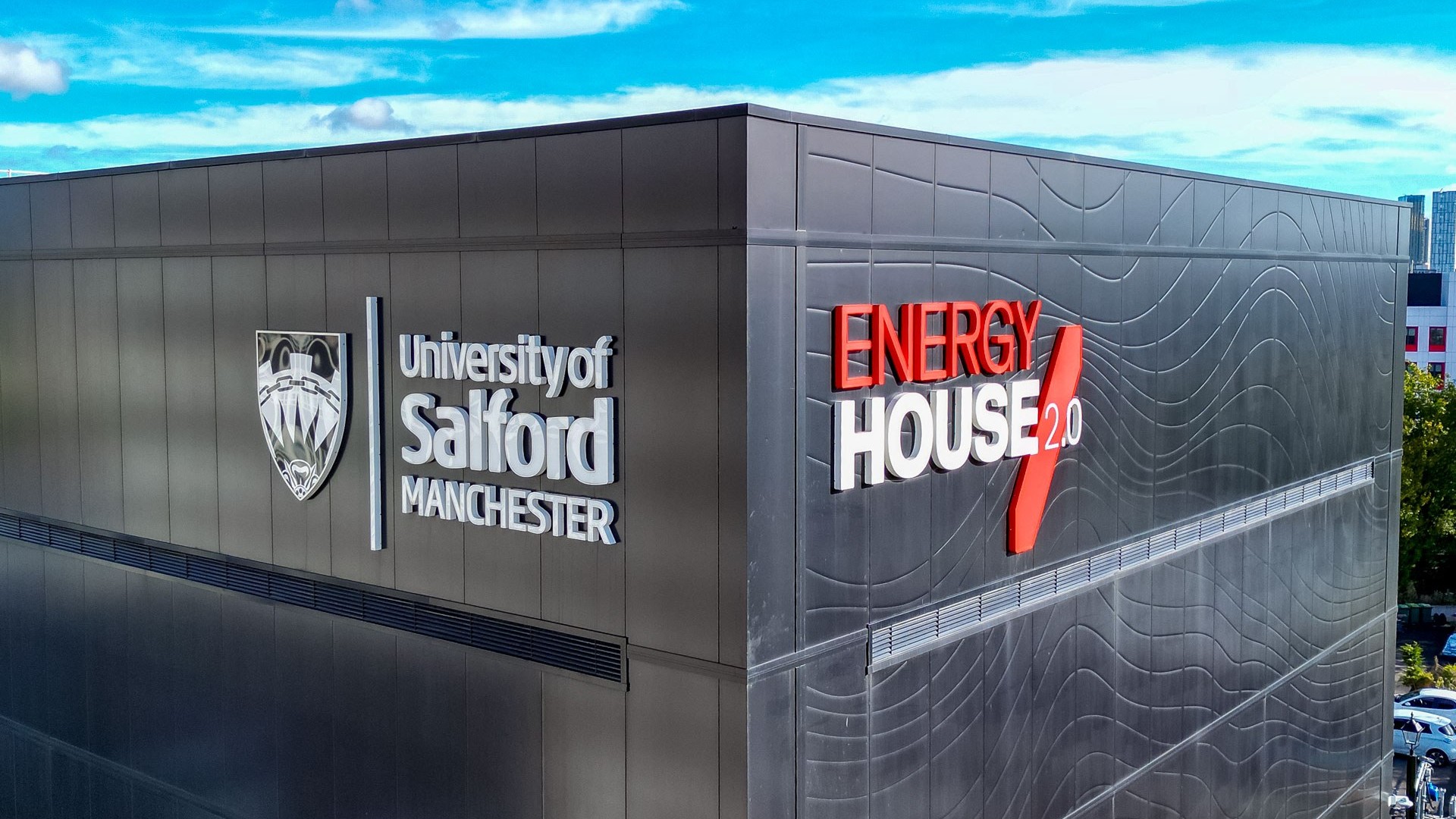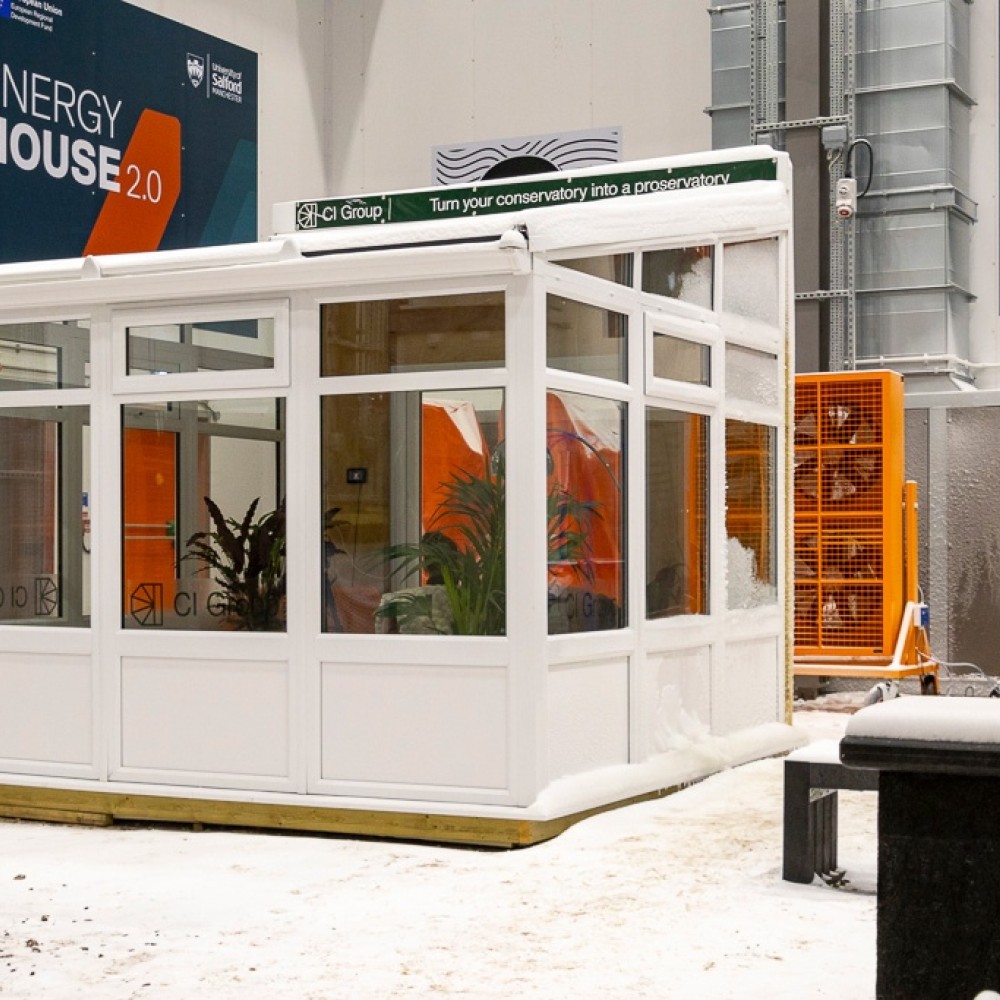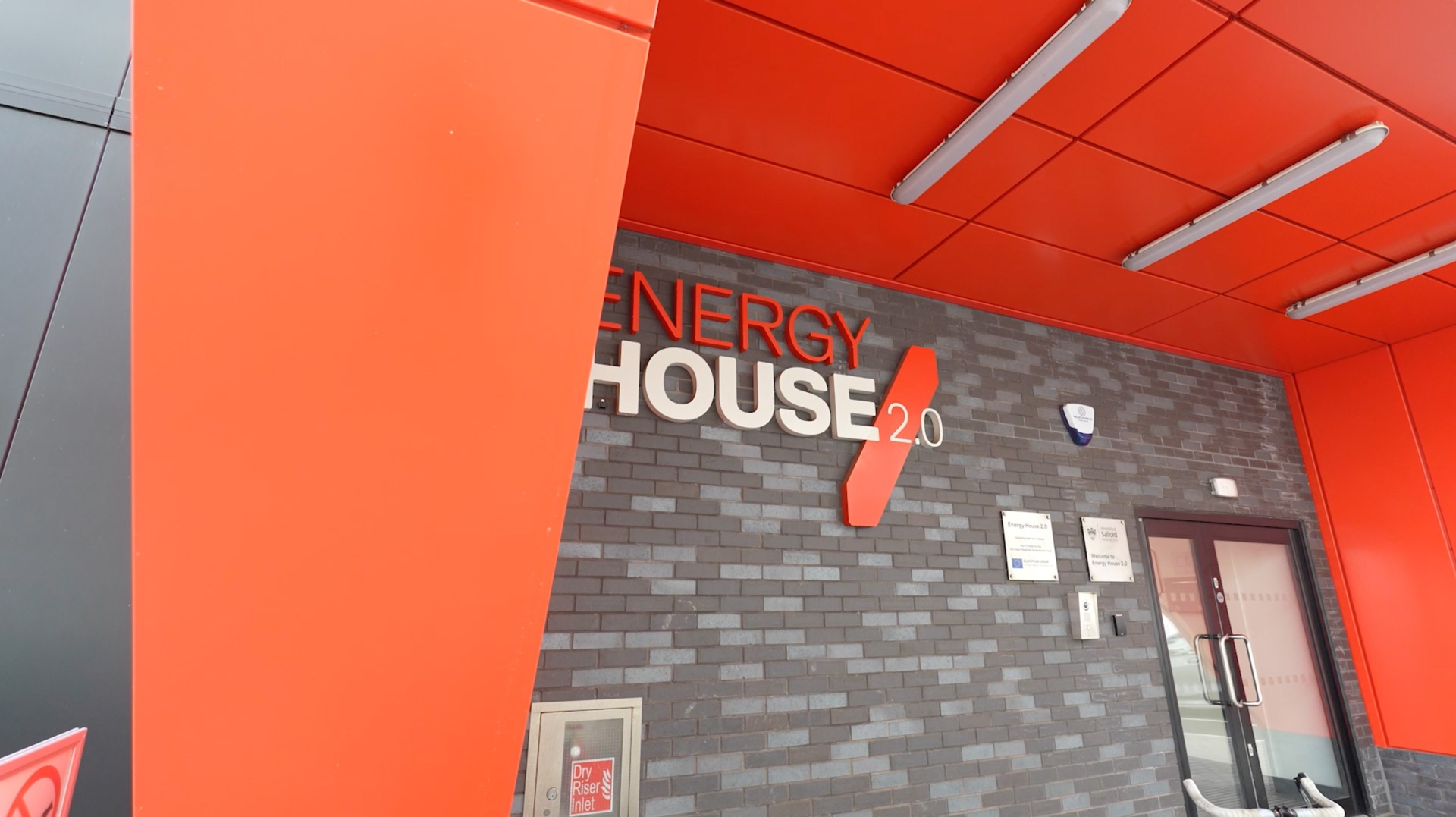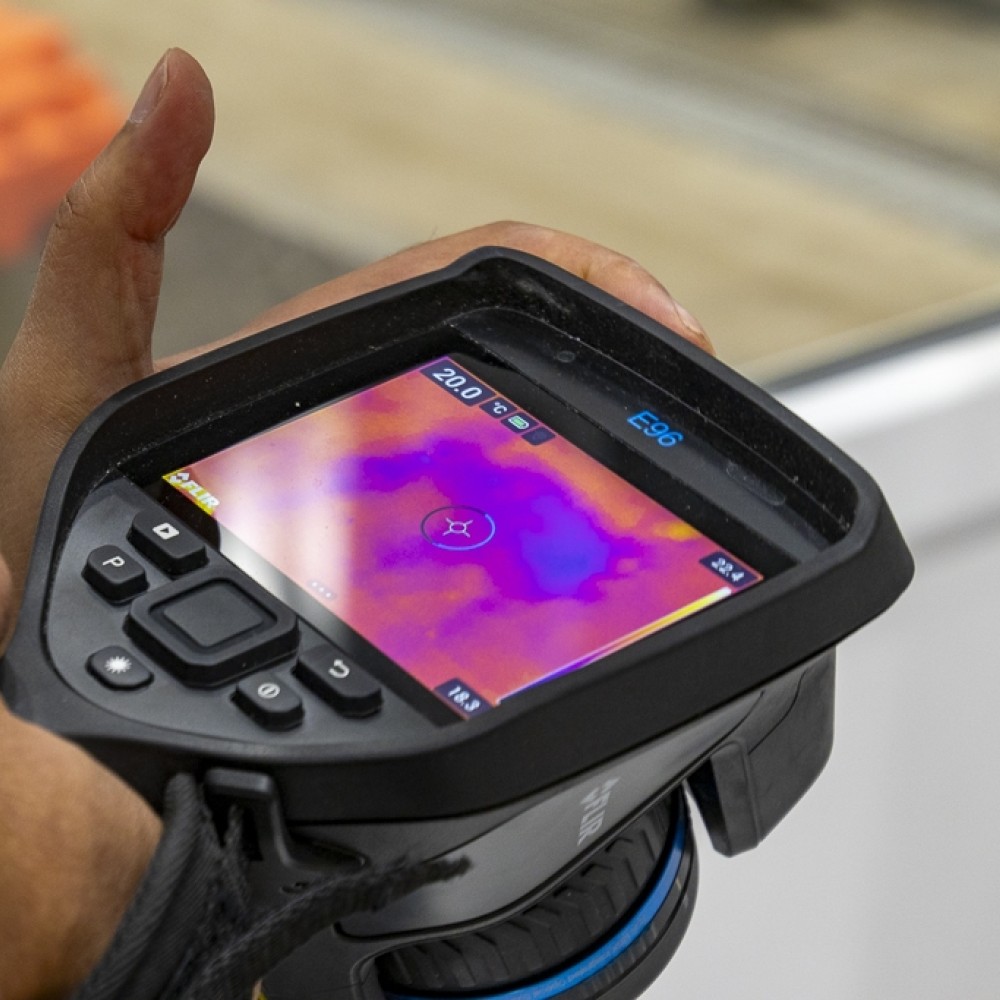Not all insulation solutions are made equal.
Proven Energy Efficiency with the C.H.R.I.S Insulation System

Salford University's Energy House 2.0
Salford University’s Energy House 2.0, world leaders in building science, is a cutting-edge research facility that allows for the testing of energy efficiency technologies in controlled, real-world conditions. This facility replicates weather conditions and home environments to assess how various systems perform in actual use.
We wanted to ensure that the C.H.R.I.S® system didn’t just claim to offer energy savings but could prove its effectiveness. The results of the testing were impressive, showing a marked improvement in both U-values and heat transfer coefficiency (HTC), two critical measures of thermal performance.


How Was the C.H.R.I.S® System Tested at Salford University's Energy House?
This state-of-the-art facility allowed us to test the system under controlled, real-world conditions, simulating different weather scenarios to accurately assess performance.
01
The Energy House built a full-sized conservatory, allowing researchers to control external temperatures and evaluate how well the C.H.R.I.S® system insulated the space.
02
Four different ceiling configurations were tested: a glass roof, a polycarbonate roof, and then each of these with the C.H.R.I.S® system installed.
03
Key performance metrics such as U-values (a measure of heat transfer) and Heat Transfer Coefficient (HTC) were recorded.
This rigorous testing process ensured that our insulation technology not only meets but exceeds industry standards, providing you with the confidence that our product delivers real, measurable benefits - keeping your conservatory comfortable and energy-efficient all year round.
“The C.H.R.I.S® System proved effective in enhancing the energy efficiency and thermal performance of the conservatory, demonstrating its potential as a valuable solution for improving the building’s fabric performance – the addition of the C.H.R.I.S.® System significantly improved ceiling U-values”
Professor Richard Fitton
October 2024
↓32%
Up to 32% reduction in heat transfer was achieved with the C.H.R.I.S® system installed in the conservatory, improving overall energy efficiency. In practical terms, this means you can use less energy to heat your conservatory in winter, saving on energy bills and reducing your carbon footprint.
↑82%
U-values of the roof improved by up to 82%, dramatically enhancing insulation performance. The U-value measures how well your conservatory prevents heat loss. This enhanced insulation performance will make your space usable throughout the coldest months, ensuring it remains a cosy retreat rather than an underutilised room.
The C.H.R.I.S® system performed effectively in both glass and polycarbonate roof conservatories.
No matter what type of conservatory roof you have, the C.H.R.I.S® system delivers the same high level of efficiency. Whether it’s a glass roof, which traditionally loses more heat, or a polycarbonate roof, known for being less insulating, the C.H.R.I.S® system will dramatically improve your conservatory’s thermal efficiency, making it usable all year.
Why U-Values and HTC Matter
Understanding U-values and HTC is key to appreciating how insulation improves energy efficiency.
- U-value measures how much heat escapes through a material, with lower values representing better insulation. The drastic improvement in U-Values with the C.H.R.I.S® system means that your conservatory stays warmer in the winter and cooler in the summer, reducing the need for excessive heating or air conditioning.
- HTC measures how quickly heat transfers from the inside of your home to the outside. The 32% reduction in HTC means your conservatory loses far less heat, making it easier to maintain a stable, comfortable temperature.

Many insulation solutions are available
on the market, but not all are designed specifically for conservatories.
Conservatories are primarily made from glass or polycarbonate materials, which means they face unique challenges with heat retention and temperature regulation.
Traditional insulation systems often fall short because they’re not tailored to these specific materials and structures.
Discover More About C.H.R.I.S
This is where C.H.R.I.S® stands apart. Designed to work with both glass and polycarbonate conservatories, C.H.R.I.S® insulation is engineered to regulate temperature, minimise heat transfer and create a barrier that keeps your conservatory at a comfortable temperature all year long.